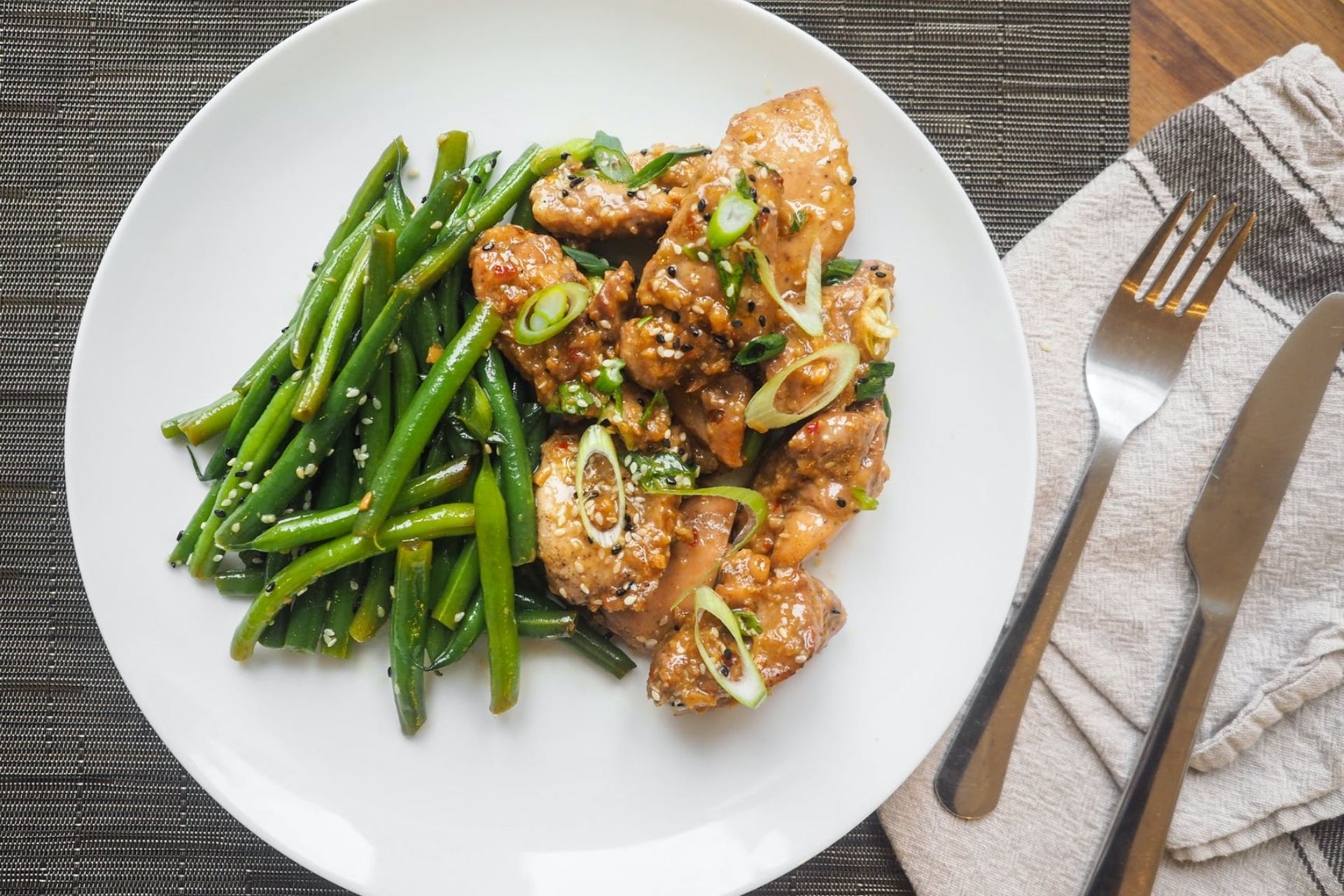Saving Money and Staying Healthy: 5 Meal Planning Tips
Mar 28, 2022

As an Amazon Associate, Modded gets commissions for purchases made through links in this post.
Meal planning is one of the most responsible things you can do in adulthood. You know precisely what to put on your grocery list and where your money is going by planning out your meals. Following meal planning tips is the easiest way to keep your grocery budget in check, too.
Why Should You Plan Your Meals?
Planning out your meals has several benefits — among them, improved financial and physical health. Meal planning is more cost-effective in the long run, as you know exactly where your money goes in groceries. While it may look like more work upfront, planning and preparing meals can save you a lot of time. If you make something in bulk, like a massive batch of soup for the week’s lunches, you’ll spend less time cooking and more time enjoying good, whole food.
It could also be easier to track your macronutrients by planning your meals. Keeping your thumb on your macros can help you ensure that you’re getting all the right nutrients so you can bulk up, lose weight or maintain your physique. Check out some of these popular meal planning tips to help you get started on your new dietary path.
Top Meal Planning Tips You Need to Know
These meal planning tips assume that you’re a beginner with meal planning. Starting out, the most important thing is to create a menu that you love. Keep in mind your likes and dislikes when picking out recipes, and your heart and stomach will lead you the right way.
1. Find Recipes With Food in Common
When you choose more dishes with food in common, you’ll find it cheaper and easier to buy in bulk. Dishes that have no ingredients in common will end up being more expensive and maybe even more challenging to make. For example, rice is easy to make in bulk and light enough to enjoy lunch. You could plan your lunches for a week using rice as your main staple, then add different proteins or sauces to mix the flavors up.
Buying a special ingredient just for one of the meals you plan to make is not a great idea, as it means spending more money on something minuscule. Especially if that ingredient is expensive or hard to find, you may want to substitute it for something more obtainable. You don’t need to overthink your meals. You don’t need to think outside of the box — just try something that you know you’ll love.
2. Work With Your Staples
You should have a pantry full of staples, just in case you don’t have time to cook and still want to have a semi-healthy meal at home. Things like canned soups, rice and pasta go a long way on nights when you don’t want takeout.
Pasta, and foods like it, can be a great source of fiber, which can help you lose weight and regulate your digestive system. You still have something quick to reach for that doesn’t involve cooking or spending extra money.
If you tend to snack a lot, having a limited number of snacks for the week might be an excellent addition to your meal plan. Bar yourself from buying more snacks after you’ve used your allotment for the week. You may opt for healthier snacks, too. They could keep you on track with your health goals.
3. Go With the Safe Option
It’s good to branch out and try things you don’t know if you’ll like, but that option isn’t a great choice when you’re meal planning. Your meal plan should stick to foods you know that you want, not experiments. You need to make sure that you’ll enjoy what you eat all week long.
4. Opt for a Meatless Meal
Meat prices are high, so it may be challenging to handle every meal consisting of a meat entree, especially when you’re on a budget. With pushes from all sides to make meat more expensive due to its effects on climate change, learning some meatless recipes could pay off and help you save money.
Going meatless can help you help the environment, no matter how small your impact may be. Red meat can be very environmentally-unfriendly to farm with its expulsion of methane gas and the vast land and water resources it takes to effectively raise cattle and other livestock. By finding your protein in another source at least one day a week, you’ll be contributing to the red meat industry less.
5. Plan for Leftovers
Some days, you’re just not going to eat all the food you make — especially if you’re the only one eating it. If you eat smaller portions, you may consider saving some of your food to eat later. Even if you have a big appetite, there will be days you just don’t feel like eating all you had prepared. In this case, you may have some leftovers for the next day or even the weekend.
Just remember to eat everything you’ve prepared so the food — and your money — don’t go to waste. Once you start meal planning more, you’ll have a better idea of how much food you can eat. In the future, you can look forward to more effective grocery trips.
Save Your Wallet With These Meal Planning Tips
Meal planning doesn’t have to be painful or tedious. By having a selection of dishes you don’t mind eating over and over, you can quickly figure out how to plan your lunches for the week. If you rely on leftovers for your lunches, consider making extra to ensure that you have enough to eat for two meals. Consider these meal planning tips the beginning of your journey — with your destination being a healthier lifestyle, both physically and financially.






